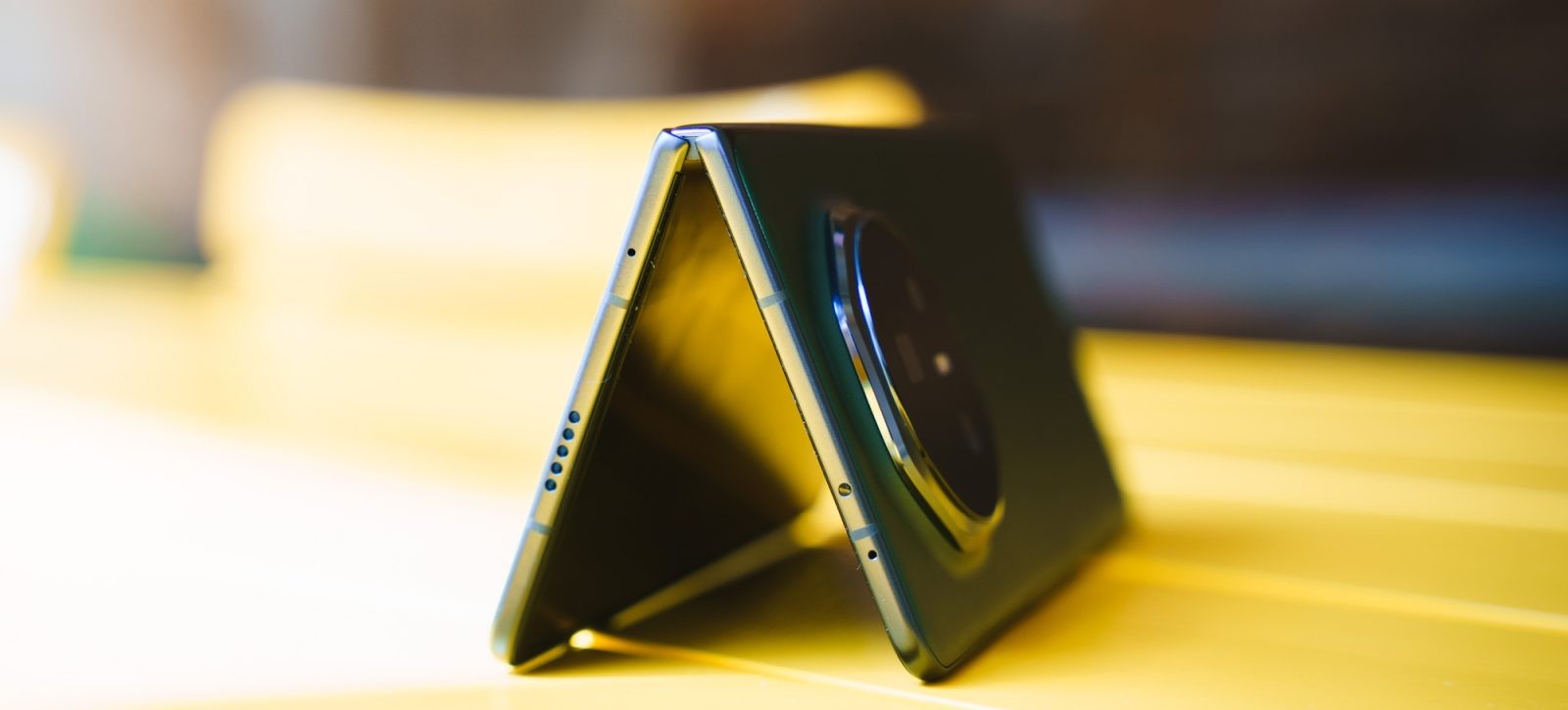In an ambitious move to redefine smartphone aesthetics, Samsung introduced the Galaxy S25 Edge, a device that prioritized ultra-thin design. However, this venture did not resonate with consumers as anticipated, leading to significant repercussions for the company’s product lineup.
The Vision Behind Galaxy S25 Edge
Samsung’s objective with the Galaxy S25 Edge was to cater to users seeking a sleek and lightweight device without compromising on performance. The smartphone boasted a mere 5.84mm thickness, positioning it among the slimmest devices in the market. This design choice was intended to offer a comfortable grip and a modern aesthetic appeal.
Compromises in Design
Achieving such a slim profile necessitated certain trade-offs. Notably, the device was equipped with a 3,900 mAh battery, a capacity smaller than its counterparts in the Galaxy S25 series. This decision sparked discussions about potential impacts on battery longevity and overall user experience. Samsung defended this choice, emphasizing that the design aimed to strike a balance between form and function.
Market Performance and Consumer Response
Despite the innovative design, the Galaxy S25 Edge faced challenges in the marketplace. Reports indicated that the device sold approximately 190,000 units in its first month, a figure that fell short of Samsung’s expectations. By August, total sales reached 1.31 million units. In contrast, the standard Galaxy S25 and the Galaxy S25 Ultra achieved sales of 8.28 million and 12.18 million units, respectively, during the same period. The Galaxy S25+ also outperformed the Edge variant, with 5.05 million units sold.
Strategic Repercussions
The underwhelming sales prompted Samsung to reassess its strategy concerning ultra-thin smartphones. The company decided to discontinue further production of the Galaxy S25 Edge, allowing existing stock to deplete without replenishment. Additionally, plans for the Galaxy S26 Edge were shelved, signaling a potential shift away from prioritizing ultra-thin designs in future models.
Consumer Preferences and Market Trends
The market’s lukewarm reception of the Galaxy S25 Edge suggests that consumers may prioritize factors such as battery life, camera capabilities, and overall performance over ultra-thin designs. This trend indicates that while aesthetics are important, they should not come at the expense of essential functionalities.
Looking Ahead
Samsung’s experience with the Galaxy S25 Edge serves as a valuable lesson in aligning product design with consumer expectations. As the company moves forward, it is likely to focus on delivering devices that offer a harmonious blend of design and functionality, ensuring that user needs remain at the forefront of product development.



